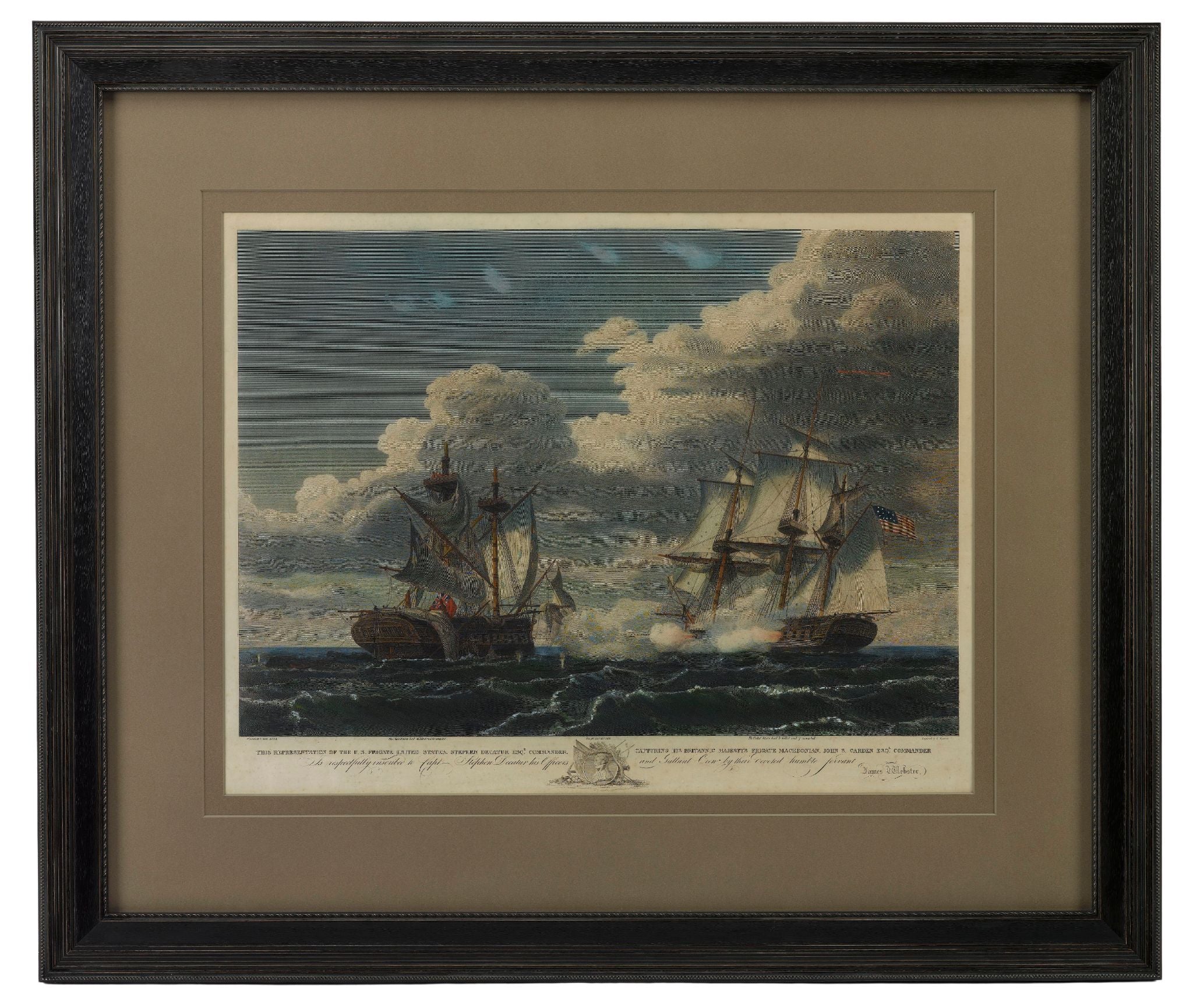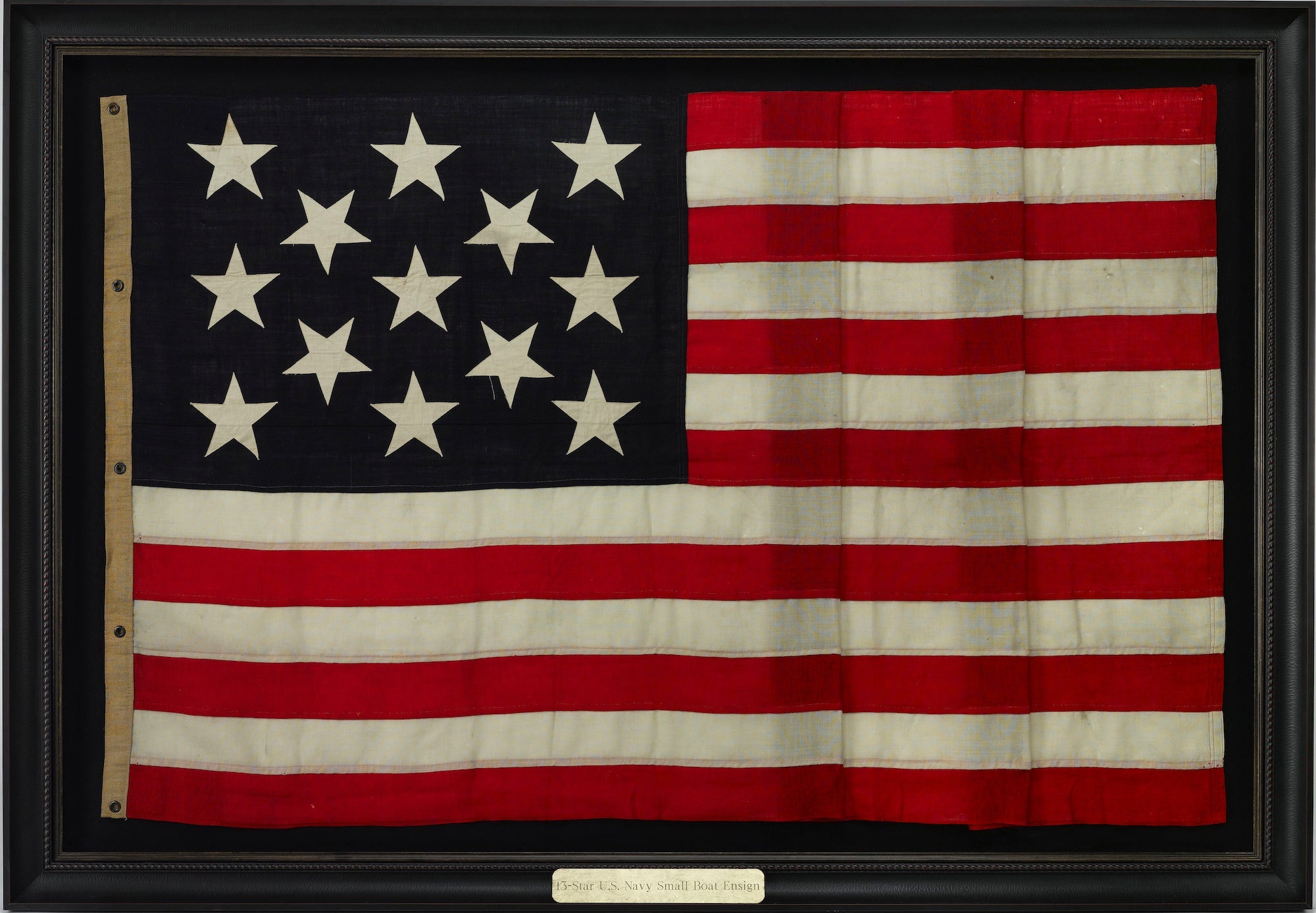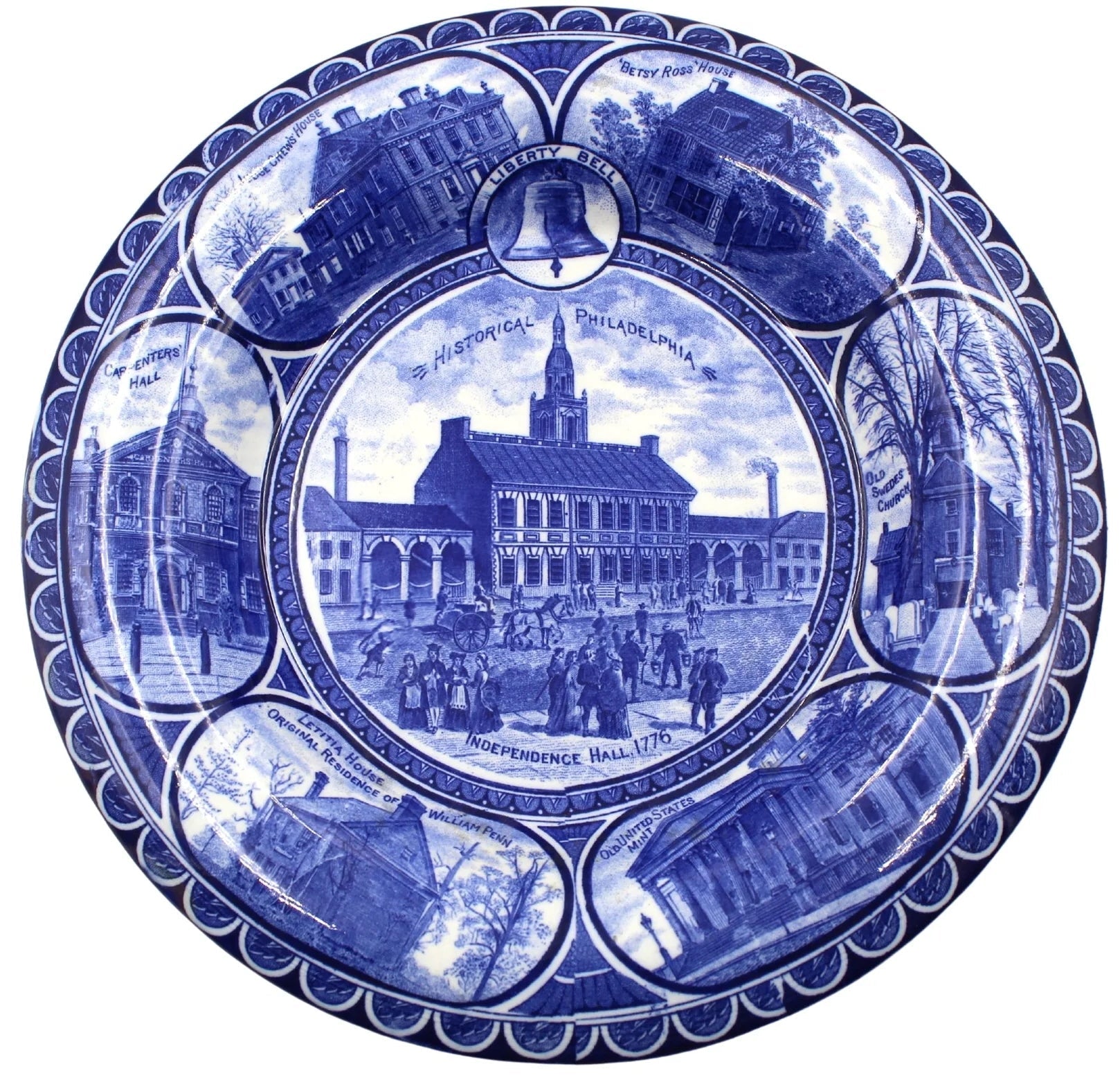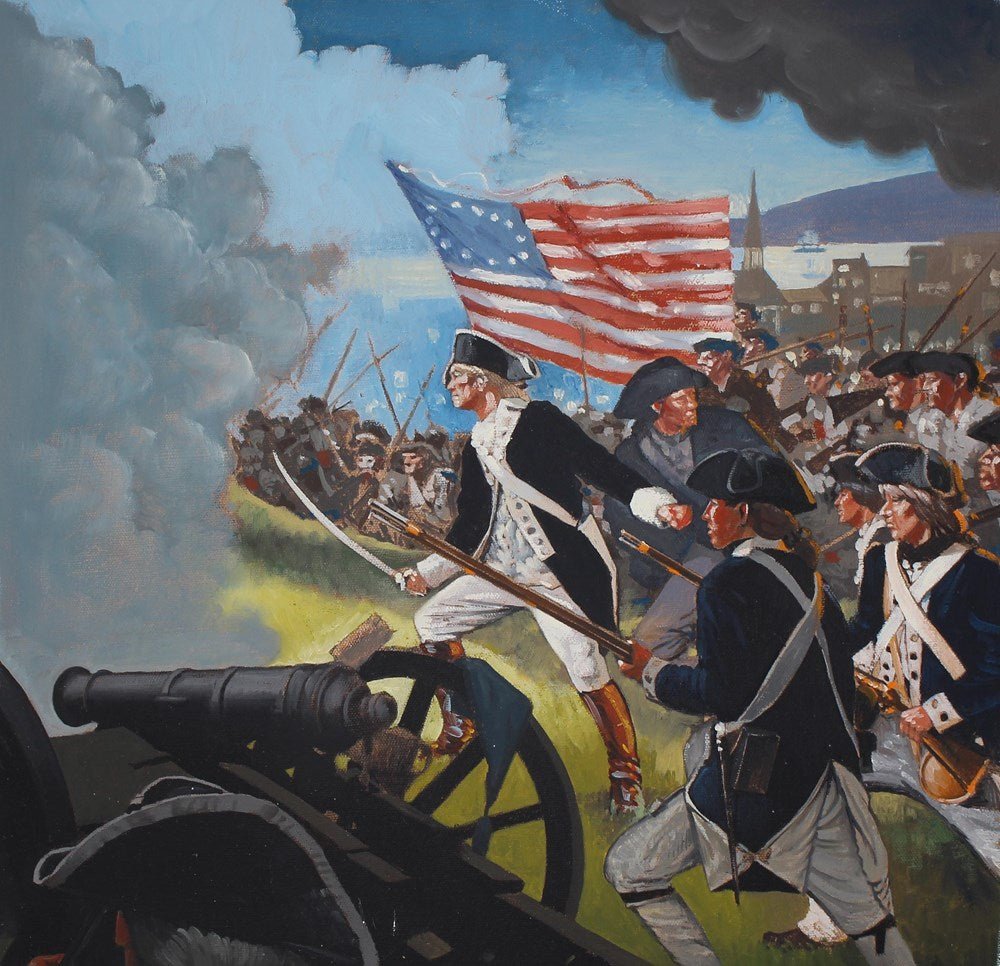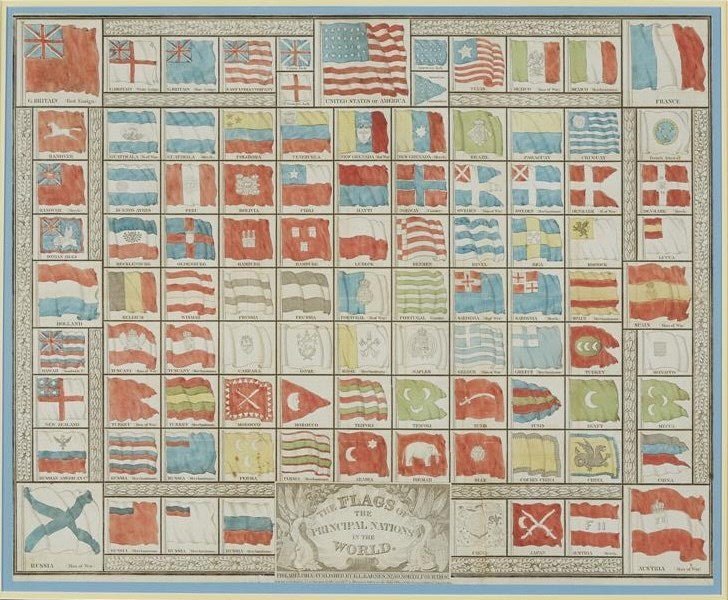J.R.R. Tolkien: One of the World’s Greatest Fantasy Authors
Although The Lord of The Rings is one of the most iconic and enduring fantasy trilogies of all time, to say that its inception came from humble beginnings would be an understatement. J.R.R. Tolkien may now be considered a household name, but his tumultuous upbringing, ultimately resulting in orphanhood, provided no easy path to success for the young scholar. Although lesser known compared to his legacy, these experiences and hardships shaped Tolkien into the headstrong academic and fantastical scholar he became.
John Ronald Ruel Tolkien was born in 1892 in modern day South Africa. His family relocated overseas shortly thereafter, with Tolkien spending the remainder of his life settled in Hampshire, England. Through his mother’s determination, Tolkien was sufficiently provided with home education and strongly encouraged to develop his academic pursuits. As a young boy, Tolkien could read by age 4 and quickly became fascinated with philology- the study of written and oral languages. His mother taught him Latin in his early years, which would lay the foundation for Tolkien’s affinity for learning languages. He quickly progressed to learning German and French by himself, all by age 12, creating his first alphabets in his late teens and going on to amass the knowledge of 17 total languages over the course of his life. Tolkien became so engrossed in philology that he ultimately developed over a dozen written languages, most of which were made explicitly for his imagined world, Middle Earth.
Tolkien often sought companionship wherever he went; in 1908 he met his future wife Edith, and shortly after their first correspondences they fell in love. Their immediate families did not support the relationship, however, and they lost contact until his 21st birthday in which he professed his love and asked her to marry him. With a new family and good prospects for a career in academia, Tolkien was building a wonderful life for himself. The Great War, however, had other plans.
Being a young man in the United Kingdom, Tolkien was reluctantly drafted into service for the British Army to support the war effort. Although Tolkien made his distaste for the military complex quite clear, his veteran experiences in WWI provided him with incredible firsthand accounts of the battlefield. In 1920, however, Tolkien was demobilized and left the army, immediately looking for work to support his growing family. His first civilian job after World War I was at The Oxford English Dictionary, where he worked mainly on the history and etymology of words of Germanic origin beginning with the letter ‘W’. Later that same year, he took up a post as ‘reader in English language’ at the University of Leeds, becoming the youngest member of the academic staff there. Amongst these career paths, he also explored academic tutoring, manuscript translations, teaching literature at Oxford University and producing English anthologies. Amidst his vast resume, Tolkien began writing some of the most iconic and complex fantasy stories that the 20th century world had ever seen.
Tolkien spent over 12 years writing The Lord of the Rings, working tirelessly to expand upon the political, geographical, and history lore surrounding his creation. Although Tolkien specialized in high fantasy, he drew a lot of direct influence from the real world around him; Bag End was named after Tolkien’s aunt’s farm from his childhood, one of the most important and beautiful elvish characters Armen Undómiel was inspired by Tolkien’s wife Edith, and Bilbo's journey across the Misty Mountains was directly based on his adventures during a 1911 summer holiday in Switzerland.
The Lord of the Rings was initially meant to be the sequel to The Hobbit, which was published in 1937. Allen & Unwin, his original British publishers, were wary of both the cost of printing and the viable commercial success of such a long fantasy tale, despite the popularity of its predecessor. To minimize their financial risk, they convinced Tolkien to publish the novel in three installments, and agreed that Tolkien would not receive profits until after the books had paid for themselves. Unlike The Hobbit, The Lord of the Rings novels were not fully illustrated, but Tolkien did design the original dust jackets himself and his son Christopher drew the maps. Just two illustrations were included in the original edition of The Lord of the Rings, “The Doors of Durin” and “The Inscription on Balin’s Tomb.”
Our impressive first edition three volume book set has been exquisitely rebound in full Moroccan leather. The front and back boards, along with the custom slipcase, have been beautifully embossed with a combination of “The One Ring” and Tolkien’s monogram.
Read our other blog posts about J.R.R. Tolkien here:
ILLUSTRATIONS BY J.R.R. TOLKIEN
RARE FIRST EDITION SET OF THE LORD OF THE RINGS





